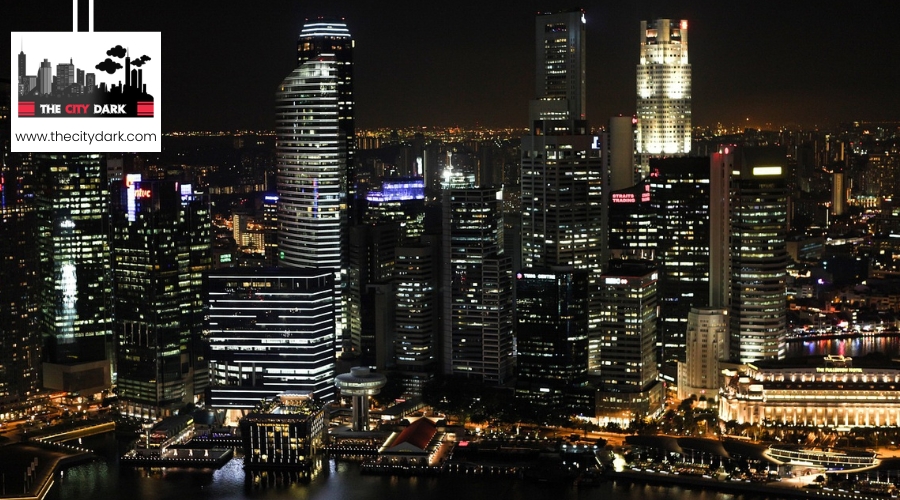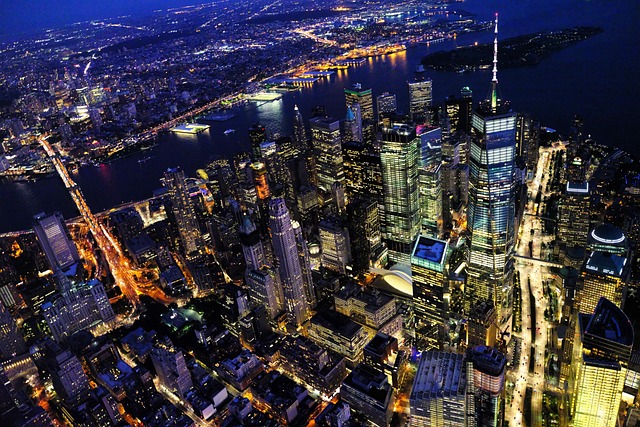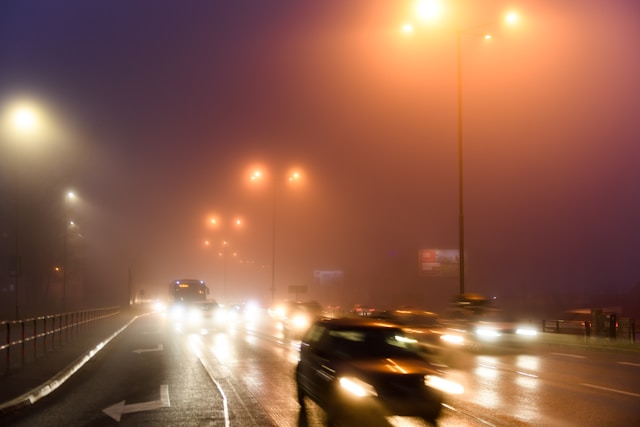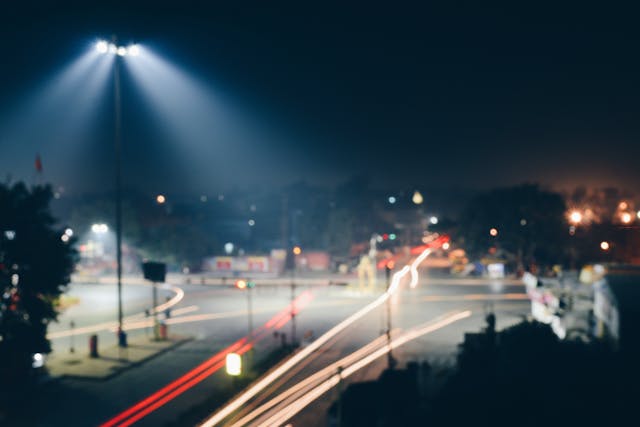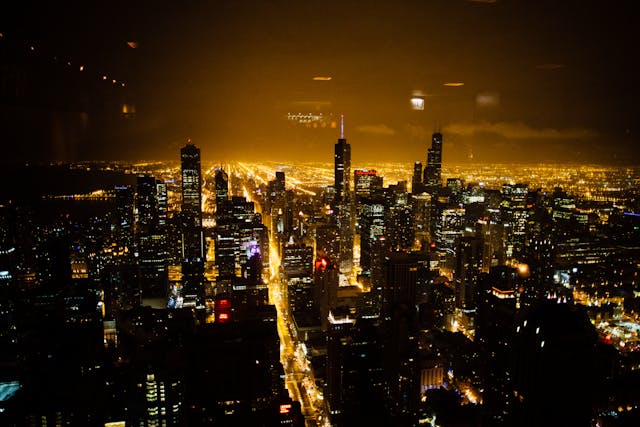You’ve likely heard the theory that brighter cities lead to safer streets, but how much truth does this statement hold? In exploring the nuances of luminosity and brightness levels for urban environments, you’ll uncover the delicate balance between enhancing security and contributing to light pollution.
It’s not just about making the night as clear as day; it’s about intelligently illuminating spaces to support human health, ensure safety, and minimize environmental impact. As you examine the relationship between a city’s light output and its effects on both the night sky and its inhabitants, you’ll find yourself questioning whether current lighting practices are sustainable or if a brighter future lies in the shadows.
This journey into the heart of urban illumination might just change the way you see the night.
Key Takeaways
- Urban lighting plays a crucial role in enhancing safety and aesthetic appeal in cities.
- Luminosity and brightness are quantifiable measures of light, with brightness being subjective and influenced by individual perception.
- Artificial lights at night can disrupt natural sleep patterns and have negative effects on human health.
- Balancing brightness levels is important for creating a relaxed atmosphere, enhancing mental well-being, and improving perceptions of safety in urban environments.
The Importance of Urban Lighting
Urban lighting’s role goes beyond mere functionality; it significantly shapes our experience and perception of cityscapes, enhancing both safety and aesthetic appeal. As you wander through the city at night, you’re not just encountering random beams of light; you’re immersed in a carefully designed environment where every lamp and LED serves a purpose. Urban lighting, under the Creative Commons license, allows for an innovative approach to how we see and interact with our urban surroundings.
It’s fascinating to note that the total light output of cities isn’t random but is closely tied to their population and economic development. This isn’t just about making things visible at night; it’s about crafting spaces that feel safe and welcoming. The right balance of brightness can dramatically improve how you perceive both the space around you and the social atmosphere.
Moreover, the science behind urban lighting involves a blend of disciplines, from natural and social sciences to arts and humanities, highlighting its complexity and importance. Whether it’s the luminance of a street lamp or the illuminance bathing the sidewalks, every aspect of urban lighting plays a crucial role in shaping your night-time urban experience.
Defining Luminosity and Brightness
To fully appreciate the impact of urban lighting, it’s essential to understand the differences between luminance, illuminance, and brightness, each playing a unique role in how we perceive light in our surroundings. Luminance and illuminance are quantifiable, measured in terms of how much light is emitted or falls upon a surface, respectively. In contrast, brightness is more subjective, influenced by individual perception.
When it comes to illuminating cities, the total light output is directly tied to their population and economic development. This means more populated areas often have brighter night skies. However, the artificial illumination that contributes to this brightness follows a specific pattern, decreasing as the distance from the city increases. The capacity of a city to brighten the sky at night varies with its population size, with larger cities casting their glow over greater distances.
For those involved in monitor calibration, understanding luminance is crucial. Tools like i1Profiler are invaluable for ensuring that on-screen colors match real-world expectations, a vital aspect when assessing or planning urban lighting solutions. This precision ensures that the artificial lighting we use not only serves its functional purpose but also enhances the visual experience of city life.
Impact on Human Health
As you explore the impact of luminosity and brightness levels in urban environments on human health, it’s crucial to consider how they affect your sleep quality and psychological well-being.
Artificial lights at night can disrupt your natural sleep patterns, leading to a range of health issues. Moreover, the psychological effects, including your mood and perception of safety, are significantly influenced by the lighting conditions in your surroundings.
Sleep Quality Impact
The impact of urban brightness on your sleep quality is significant, with lower and more balanced levels potentially enhancing your rest and perceptions of safety.
Urban lighting design plays a crucial role here, aiming to reduce sleep deprivation consequences by considering:
- Sleep deprivation consequences
- Insomnia
- Increased stress levels
Urban lighting design also addresses the following aspects:
- Adaptive lighting systems
- Minimized light pollution
The key is in managing light exposure duration to align with natural circadian rhythms. Context-specific field experiments advocate for a nuanced approach, analyzing how artificial illumination and the brightness of the night sky affect you.
Understanding nighttime light luminosity transitions can lead to urban development that supports rather than hinders your sleep quality, emphasizing the importance of tailored urban lighting design.
Psychological Effects
Building on the understanding of urban lighting’s impact on sleep, it’s critical to explore how these environmental factors also affect your psychological health.
Excessive artificial illumination in densely populated cities can disrupt your circadian rhythms, leading to sleep pattern disturbances. This, combined with light pollution brightening the night sky, reduces melatonin production, which mightn’t only affect your sleep quality but also increase the risk of certain chronic health conditions.
Yet, lighting design that focuses on lower and balanced brightness levels can enhance your sensory experiences, creating a more relaxed atmosphere. This approach not only improves your perceptions of spatial and social surroundings but also contributes positively to your mental well-being, showcasing the significant role lighting design plays in urban environments.
Safety and Security Considerations
When planning urban lighting, it’s crucial to weigh up safety and security considerations, as brightness levels significantly affect how safe people feel. The right balance in lighting design can’t only deter crime but also shape the public’s perception of their environment.
Here’s how:
- Crime Prevention and Public Perception
- Higher brightness levels are associated with reduced crime rates, as well-lit areas are less attractive to potential offenders.
- The design of lighting plays a pivotal role in enhancing visibility, making it easier for both residents and surveillance systems to spot suspicious activities.
Balancing brightness levels is key to ensuring that urban spaces don’t become overly bright, which can create a harsh atmosphere and potentially increase anxiety among the public. Instead, a nuanced approach that considers the specific needs of different areas can help maintain a relaxed atmosphere while still enhancing safety perceptions.
- Context-Specific Considerations
- Field experiments can provide valuable insights into how different brightness levels influence safety and security perceptions in varied urban settings.
- Tailoring lighting solutions to the unique characteristics of each urban space ensures that safety enhancements don’t compromise the overall atmosphere.
Environmental Consequences
As you explore the environmental consequences of urban lighting, you’ll find that light pollution and wildlife disruption are major concerns. The excess light from cities not only affects human health but also has a profound impact on animal behaviors and ecosystems.
Understanding how these factors intertwine highlights the need for sustainable lighting practices in urban planning.
Light Pollution Effects
Understanding the effects of light pollution reveals that cities’ bright lights significantly alter the natural environment, impacting both ecosystems and human well-being. This disturbance stems from various causes:
- Causes of Pollution
- Excessive outdoor lighting
- Poorly designed lighting fixtures
- Measuring Light Pollution
- Total light output correlates with population and development
- Brightness decreases with distance from the source
Efforts in reducing light pollution involve a comprehensive approach:
- Reducing Light Pollution
- Implementing transdisciplinary strategies
- Combining natural and social sciences with arts/humanities
- Encouraging the use of lower, balanced brightness levels
- Enhances spatial and social perceptions, improving safety
Wildlife Disruption Causes
Continuing our exploration of urban lighting impacts, we now examine how city lights disrupt wildlife, a critical environmental consequence.
As cities grow and shine brighter, they don’t just affect human experiences but also pose significant challenges for wildlife conservation. The alteration of natural night-time environments disrupts animal behavior, leading to dire effects on ecological balance.
For instance, migratory birds may lose their way, and nocturnal animals might struggle with hunting or finding shelter. This isn’t just about a few lost creatures; it’s a ripple effect that can destabilize entire ecosystems.
Understanding the relationship between urban luminosity and wildlife disruption is crucial for mitigating these impacts and ensuring the coexistence of urban development with nature’s delicate balance.
Technological Solutions
To effectively manage the luminosity of urban environments, technological solutions offer innovative ways to control light output based on a city’s population and economic growth. These advancements are crucial for urban planning, ensuring that as cities expand, they do so with energy efficiency and minimal ecological impact in mind.
Here’s how technology steps in:
- Smart Lighting:
- Automatically adjusts brightness based on real-time data.
- Reduces energy consumption, aligning with sustainable urban development goals.
- Urban Planning Tools:
- Incorporate predictive models for future growth.
- Ensure infrastructure meets both current and future needs without excessive illumination.
Technological solutions not only help manage light pollution but also play a pivotal role in enhancing urban safety and livability. By using context-specific field experiments and transdisciplinary processes, cities can optimize lighting to meet the needs of their inhabitants while reducing energy use.
This dual focus on reducing light pollution and maximizing the architectural and social potential of lighting underscores the importance of technology in creating harmonious urban environments. Through these efforts, cities can achieve a balance that supports both their growth and the well-being of their residents.
Policy and Regulatory Frameworks
Navigating through the maze of policy and regulatory frameworks is essential for effectively managing the artificial illumination of the night sky in urban areas. These frameworks are not just a set of rules; they’re the backbone of our efforts to mitigate light pollution and harness the benefits of urban lighting while minimizing its drawbacks. You’re not only dealing with the challenge of reducing energy use but also striving to preserve the beauty of the night sky for future generations.
| Aspect | Importance |
|---|---|
| Light Pollution Regulations | Key in protecting night sky visibility |
| Urban Lighting Policies | Ensure sustainable and efficient lighting solutions |
| Regulatory Frameworks for Nighttime Illumination | Govern the balance between illumination needs and environmental impact |
These regulatory frameworks vary based on the population of the city and the distance of the observers, highlighting the nuanced approach required to address light pollution. Organizations like JSTOR and the Astronomical Society of the Pacific provide guidelines that influence how research and solutions in urban lighting are developed and implemented. Thus, understanding and adhering to these frameworks is crucial for creating vibrant, energy-efficient, and environmentally conscious urban spaces.
Future Trends in Urban Illumination
As cities evolve, so too must the strategies governing their illumination, focusing on innovative solutions that reduce energy consumption and curb light pollution. You’re entering a phase where the future of urban lighting hinges on:
- Context-specific experiments, which:
- Tailor lighting solutions to the unique needs of each area, minimizing waste.
- Encourage the use of smart technologies that adjust brightness based on real-time conditions.
- Exploring the architectural potential of lighting to:
- Enhance the aesthetic and functional aspects of urban spaces.
- Create safer, more inviting environments that promote social interaction.
These approaches aren’t just about lighting up the night; they’re about reimagining the role of light in our cities. By reducing light pollution, you’re ensuring that future generations can still gaze upon the stars, while also preserving the nocturnal habitat.
This shift towards sustainable urban illumination isn’t just beneficial—it’s essential. It promises to balance the brightness levels, thereby enhancing your perception of space and safety in the urban jungle. Remember, the goal isn’t just to light our cities but to do so in a way that respects our environment and enriches our lives.
Conclusion
In conclusion, you’ve seen how crucial understanding luminosity and brightness in urban settings is for both human well-being and environmental health. From reducing energy use to minimizing light pollution, it’s clear that balancing urban lighting offers immense benefits.
By embracing technological innovations and supportive policies, you can contribute to shaping a future where city lights enhance, rather than detract from, our quality of life. It’s time to light our cities thoughtfully, ensuring safety, beauty, and sustainability for all.

